Plextor M5S 256GB Review
by Kristian Vättö on July 18, 2012 3:00 AM ESTPerformance Over Time & TRIM
Plextor's M3 and M3 Pro performed well in our torture testing. After 20 minutes of torture their performance was still bearable, which is what matters for consumer workloads (although even that is very extreme). Plextor relies on idle time garbage collection, so the performance restores when the drive is doing nothing. Plextor has always promoted their "True Speed" technology and I can see why. In fact, dirty state performance is one of the key features of the M5S as shown on Plextor's website.
I was excited to see if M5S brought even better garbage colletion as Plextor is advertising it so heavily. To begin testing, I ran HD Tach on a secure erased drive to get the baseline performance:
Next I tortured the drive by filling it with sequential data and then exposed it to 20 minutes of 4KB random writes (QD=32, LBA 100%):
Write performance drops to as low as 50MB/s for the first LBAs but the average write speed is up by 10MB/s compared to the M3.
I let the drive sit idle for 30 minutes and reran HD Tach:
Performance is over 90% of clean state performance, which is very good. With more idle time and sequential writes, performance shhould get even closer to clean state numbers.
Since 20 minutes of torture is not enough to put the M5S in its worst possible state, I secure erased the drive, filled it with sequential data and ran our torture test for 60 minutes:
And performance drops significantly as expected.
I again let the drive idle for 30 minutes and reran HD Tach after that:
This is pleasant news. The M5S came from worst state to over 70% of clean state performance in only 30 minutes. For comparison, the M3 Pro only restored to 46% of clean state performance and it was idling for nearly two hours.
Finally, I secure erased the drive one more time, filled it with sequential data and tortured for 60 minutes. After that, I formatted the drive in Disk Management to see if TRIM works properly (and it does):
Write Amplification
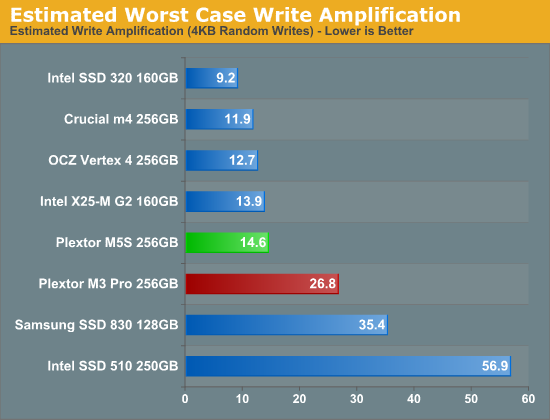
Write amplification has been reduced dramatically. The M3 Pro had relatively high worst case write amplification, although it was still acceptable. The M5S takes write amplification down to the level of most other non-SandForce drives.
Conclusion
I'm pleased that Plextor has paid extra attention to the garbage collection in the M5S. The garbage collection in the M3 and M3 Pro was already good, but not perfect. The garbage collection in M5S is very aggressive if the drive is put into an extremely dirty state, which is good news because the most noticeable difference in performance comes when the drive is at its worst state.
I'm even happier about the fact that better garbage collection did not come at the expense of write amplification. In fact, the M5S almost halved estimated worst case write amplification compared to the M3 Pro. Aggressive garbage collection can come with serious downsides if not applied correctly. Plextor's approach has improved both garbage collection and write amplification, which is the optimal way when looking at the big picture.


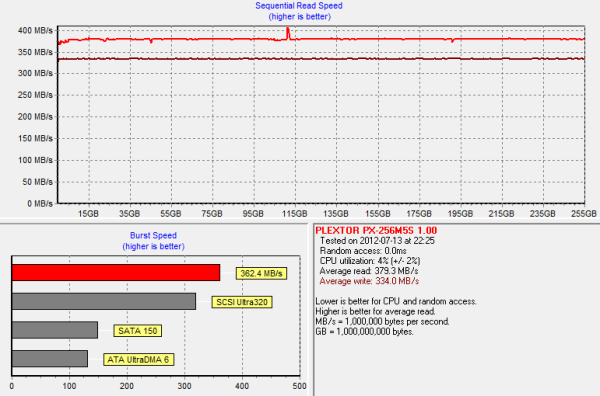
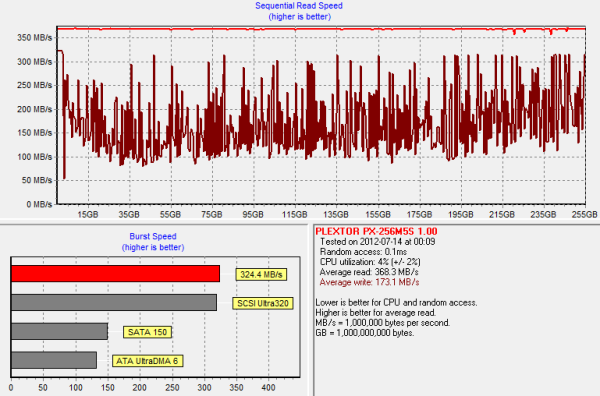
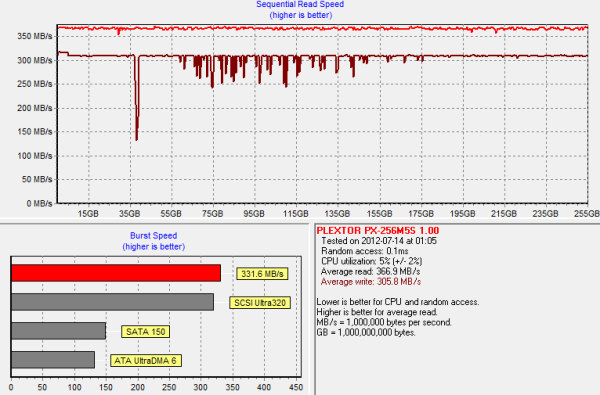
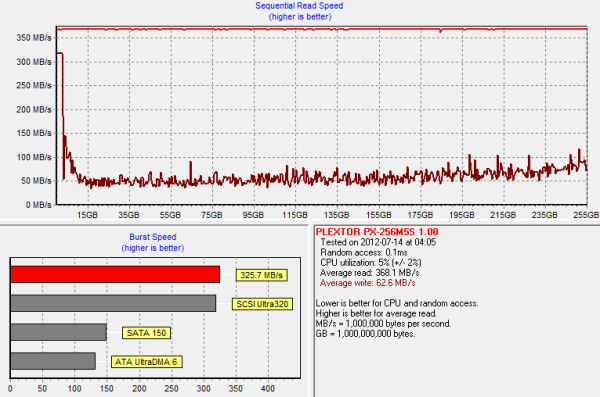
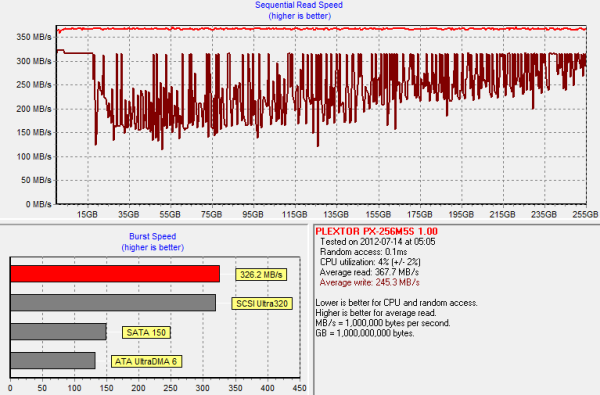
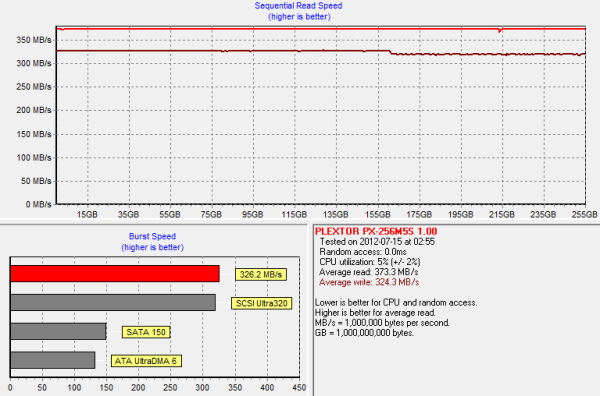








43 Comments
View All Comments
waldojim42 - Saturday, July 21, 2012 - link
I finally picked up my M3 about 2 weeks ago now, just in time for the M5s to be released. No regrets here. I am using this in my W520 notebook, and the machine loves it. It is disappointing to see how much performance the new drive lost just to make it more marketable.inplainview - Saturday, July 28, 2012 - link
There is no such thing as a pre-order. You either order or you don't order...alan1476 - Saturday, September 1, 2012 - link
Newegg reviews are very bias, only the people with drives that 1. They do not know how install, using ACHI Mode) or they are using the wrong posts, or they actually have a bad drive, you never know with those reviews. Everyone that buys from Newegg is an expert. LOL.